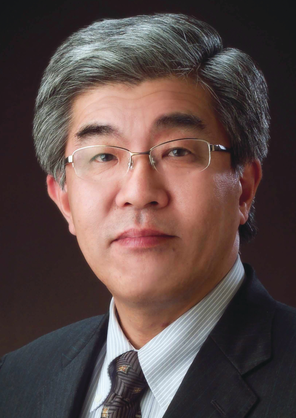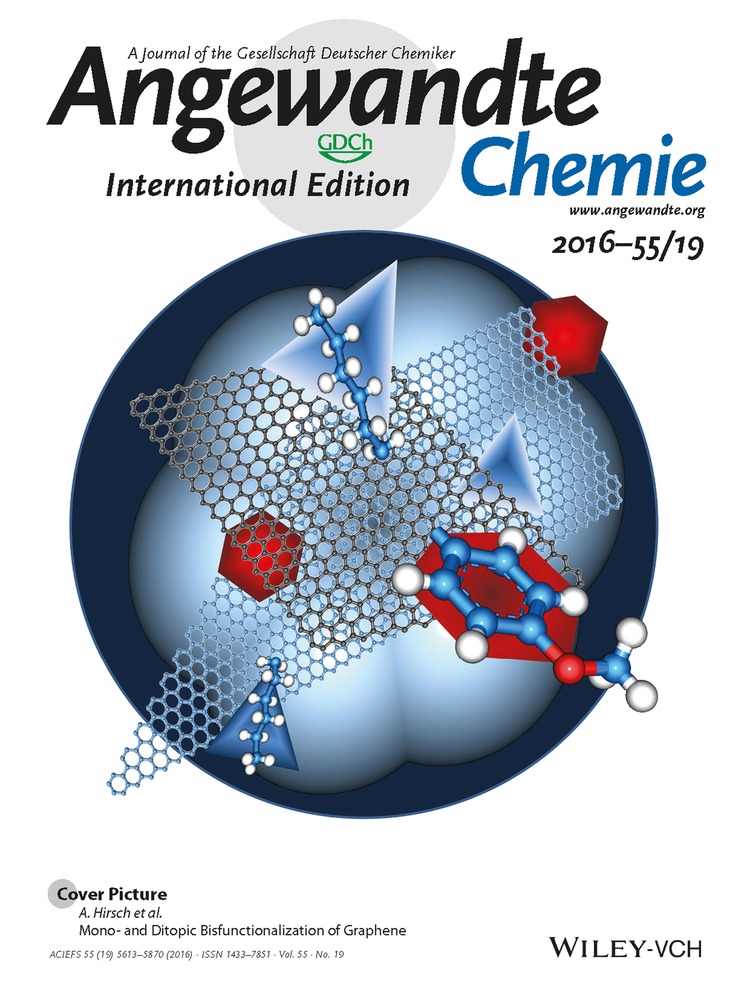Norihiro Tokitoh
Graphical Abstract
Norihiro Tokitoh |
|
|---|---|
Date of birth: |
January 26, 1957 |
Position: |
Director & Professor, Institute for Chemical Research, Kyoto University |
E-mail: |
|
Homepage: |
http://boc.kuicr.kyoto-u.ac.jp/www/tokitoh/index_e.html |
Education: |
1979 BS, The University of Tokyo 1985 PhD, The University of Tokyo |
Awards: |
1992 Incentive Award in the Synthetic Organic Chemistry, Japan; 1996 Incentive Award of the Society of Silicon Chemistry, Japan; 1998 Japan IBM Science Award; 2003 Chemical Society of Japan Award for Creative Work; 2003, 2013 Humboldt Research Award |
Current research interests: |
Creation and investigation of novel bonding and structures in heavier main-group-element chemistry; synthetic chemistry; organometallic chemistry; coordination chemistry |
Hobbies: |
Caring for foliage plants |
The principal aspect of my personality is I am always optimistic.
My favorite painter is Alfred Sisley.
My favorite composer is Frédéric Chopin.
The natural talent I would like to be gifted with is an aptitude for painting.
My motto is “One for all, and all for one”.
When I was eighteen I wanted to be not a chemist but a physicist.
If I could be any age I would be eighteen.
The biggest challenge facing scientists is building a sustainable society.
Chemistry is fun because it is full of creativity.
My favorite drink is Japanese distilled spirits.
The most significant historic event of the past 100 years was the end of the Cold War.
My first experiment was the Birch reduction of benzene.
In a spare hour, I take care of foliage plants.
My favorite saying is “make haste slowly”.
Young people should study chemistry because it can be used to create new functions and materials.
My favorite time of day is a fresh morning.
I advise my students to pick themselves up when things are not going well.
My favorite way to spend a holiday is gardening.
My favorite piece of research is the multiple bonding of heavier main-group elements.
My science “heroes” are Friedrich August Kekulé von Stradonitz and Linus Carl Pauling.
Has your approach to chemistry research changed since the start of your career?
I started my research career as an organic chemist engaged in the synthesis of methano-bridged hetero[9]annulenes, which were worthy of attention in those days from the standpoint of physical organic chemistry. Later on, I was involved the chemistry of unique heteroatom-containing bonding and structures such as novel cyclic polychalcogenides and heterocumulenes. As the work evolved, I have investigated the chemistry of low-coordinated species of a variety of heavier main-group elements, such as ketone, azo compound, and arene homologues, from the perspective of not only synthetic and structural chemistry, but also organometallic and coordination chemistry.
What advice would you give to up-and-coming scientists?
If you want to carry out leading research, you should not be a copycat and should work with an indomitable spirit. In addition, you should have a wide range of interests in the interdisciplinary research field related to your own science.
My 5 top papers:





